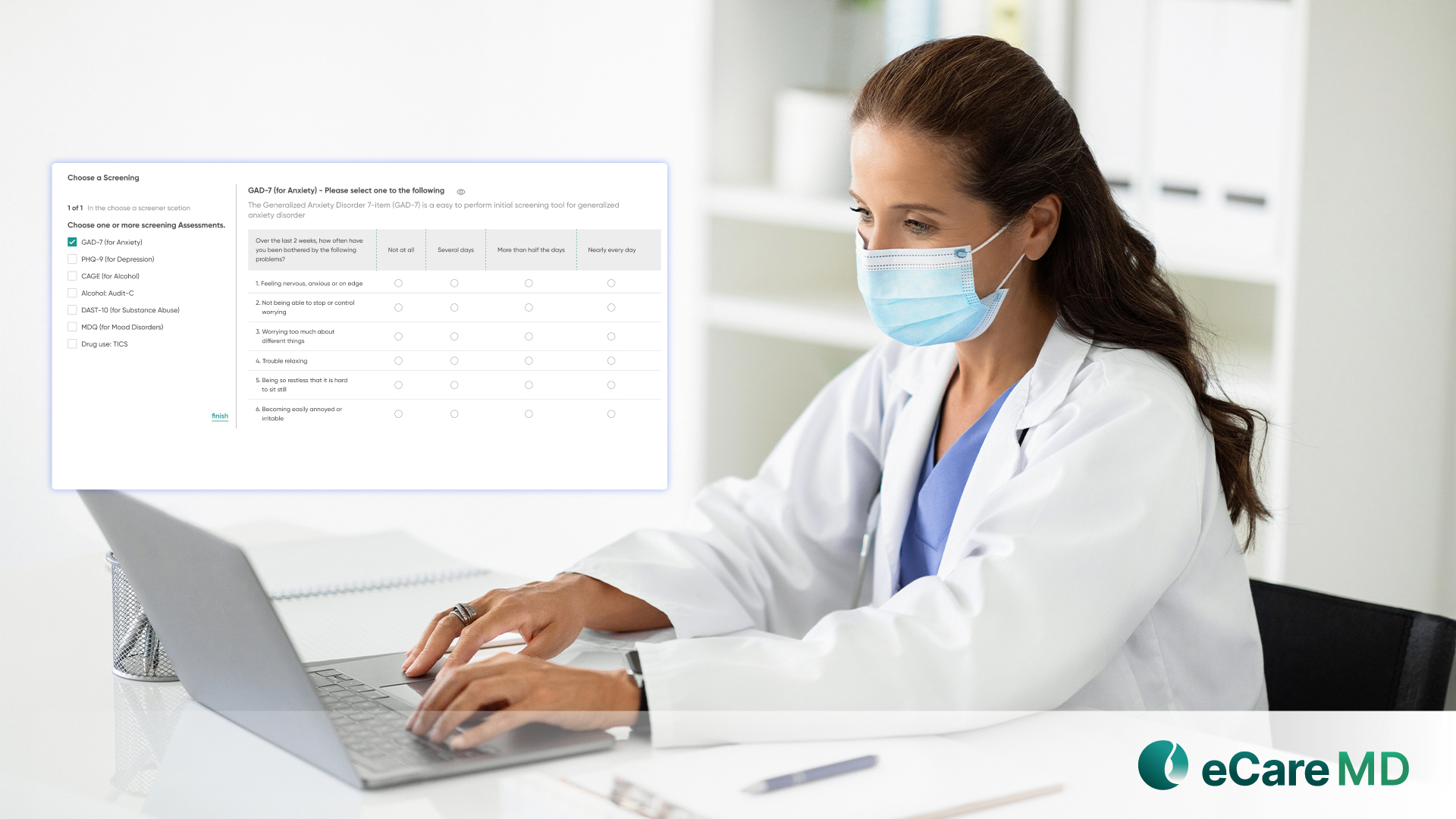Client Overview
The client is a small-sized practice based in Atlanta, United States, serving patients with chronic conditions. Managing approximately 5,000 patients annually, the practice has earned widespread recognition for its dedication, medical expertise, and commitment to achieving optimal patient health outcomes. The practice relied on a reputed EHR system to manage patients and deliver care.
Business Challenges
Despite being a successful healthcare practice in the southeastern United States, the client faced several challenges that restricted its ability to deliver enhanced care. These challenges included:
1. Review and Monitoring Challenges
Managing chronic patients, especially those recently discharged from hospitals under the Principal Care Management (PCM) program, requires continuous monitoring and communication. The existing system lacked adequate monitoring capabilities, which led to gaps in tracking patient health progress, affecting overall health outcomes.
2. Inefficient Care Management
Healthcare professionals had to create separate care plans manually for each patient, consuming a significant amount of time. This process limited their ability to engage with patients effectively and provide more personalized care.
3. Patient Empowerment Challenges
Engaging patients in their treatment plans is crucial for adherence and successful health outcomes. The existing system lacked functionalities to educate and empower patients, resulting in decreased adherence to prescribed treatment recommendations.
Solution
Recognizing that a care coordination software solution supporting the Principal Care Management (PCM) program could address these challenges, the client approached Medarch Inc. for their advanced technological capabilities. Our business analysts conducted virtual meetings to understand the client’s needs and demonstrated the capabilities of eCareMD. Following approval, our team successfully implemented the software into the client’s practice.
Solution Highlights
The eCareMD software introduced several key features that streamlined the practice’s workflow and enabled healthcare professionals to deliver improved care. These features included:
1. Seamless Care Plan Assignment and Management
The eCareMD software provides built-in care plan templates, allowing healthcare providers to assign and manage patient care plans efficiently. Additionally, it facilitated progress tracking, physician reviews, and modifications as needed. This capability significantly improved patient health outcomes and helped resolve health complications.
2. Educational Material Functionality
To enhance patient engagement and adherence to treatment plans, eCareMD enabled healthcare providers to assign educational materials tailored to specific chronic conditions. Patients received guidance on topics such as diet, exercise, sleep routines, and the importance of following care plans, leading to improved adherence and better health outcomes.
3. Customizable Assessments and Condition Questionnaires

With eCareMD, healthcare providers could create customized assessments containing tailored questions and selectable answers. These assessments helped evaluate patients’ health conditions more effectively, allowing providers to make necessary adjustments to care plans based on real-time patient feedback.
Value Delivered
1. Improved Patient Monitoring & Outcomes
Enabled continuous patient monitoring, reducing health complications for chronic patients.
Enhanced provider visibility into patient progress, leading to timely interventions.
2. Efficient Care Management
Streamlined care plan creation with inbuilt templates, reducing administrative workload.
Allowed real-time care plan modifications, ensuring personalized patient care.
3. Enhanced Patient Engagement & Empowerment
Provided educational resources to increase patient awareness and adherence to care plans.
Encouraged patient participation in their own care, leading to better health outcomes.
4. Optimized Workflow & Provider Productivity
Automated key care coordination tasks, saving time for healthcare providers.
Reduced manual documentation efforts, allowing providers to focus more on patient interactions.

